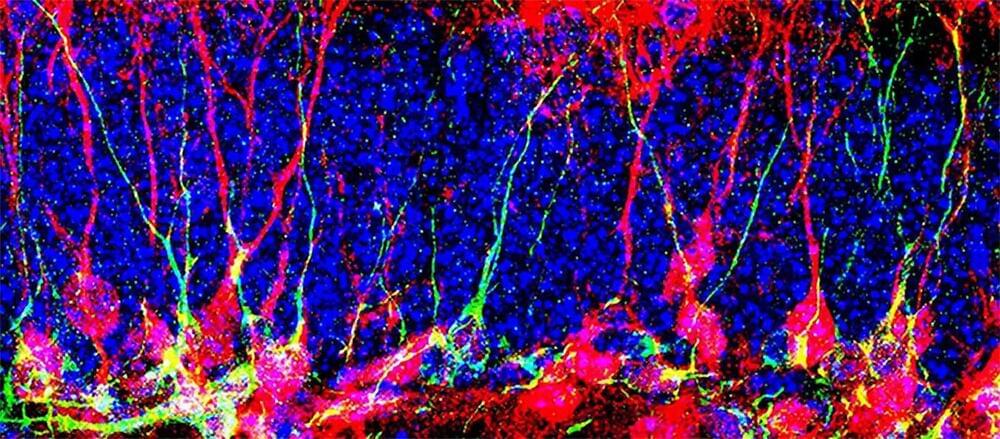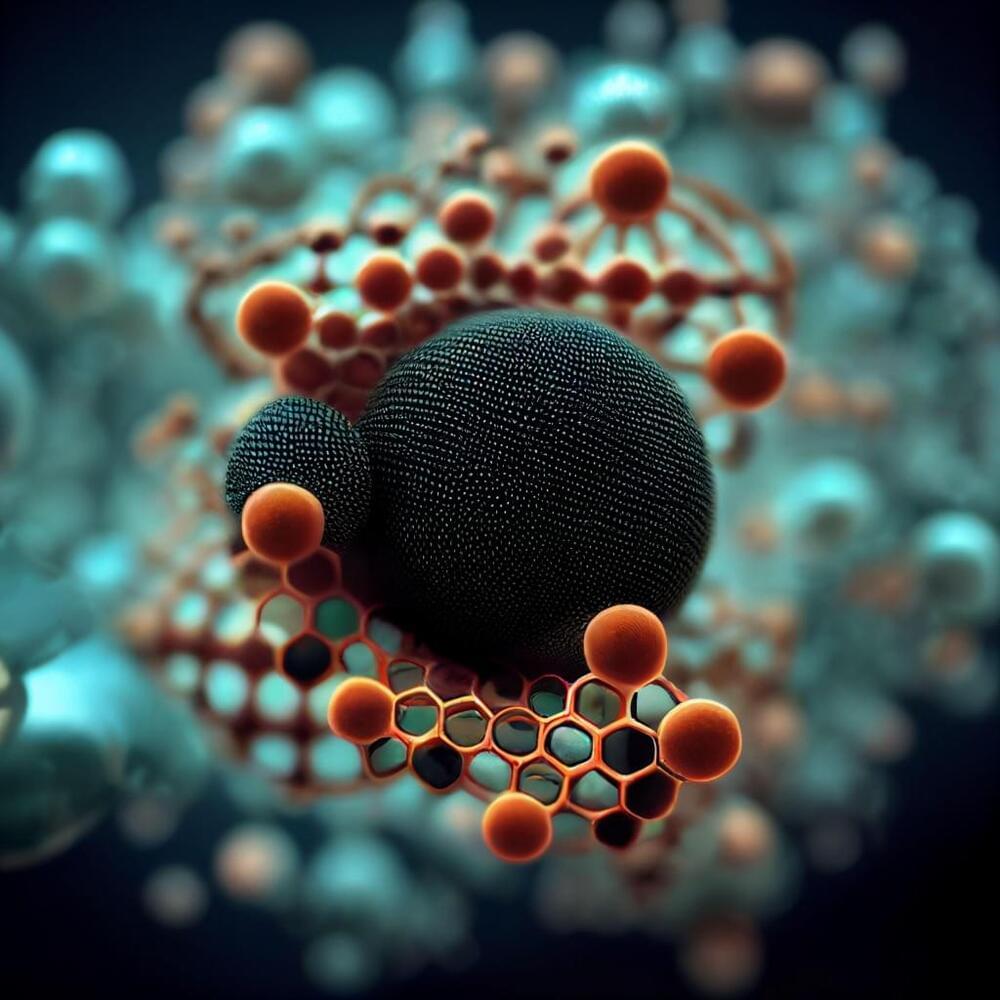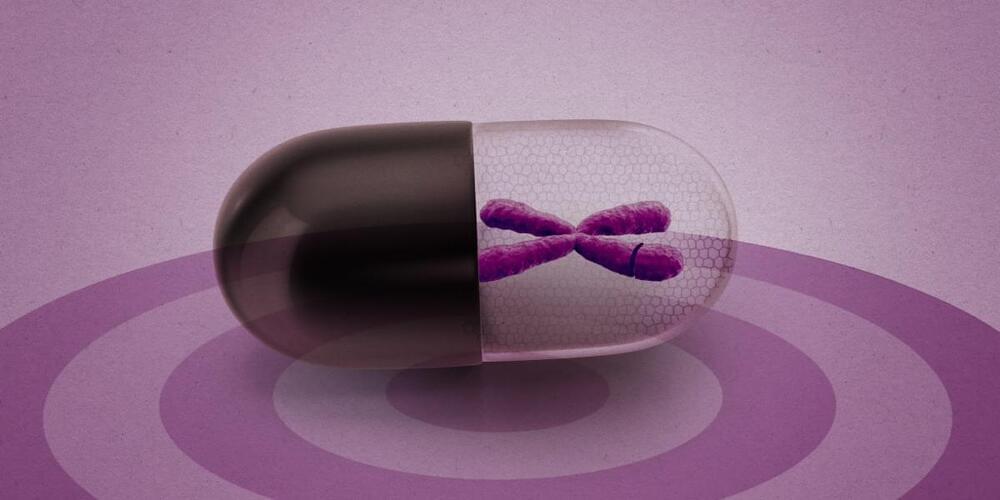To try everything Brilliant has to offer—free—for a full 30 days, visit http://brilliant.org/ArtemKirsanov/.
The first 200 of you will get 20% off Brilliant’s annual premium subscription.
My name is Artem, I’m a computational neuroscience student and researcher. In this video we talk about the concept of critical point – how the brain might optimize information processing by hovering near a phase transition.
Patreon: https://www.patreon.com/artemkirsanov.
Twitter: https://twitter.com/ArtemKRSV
OUTLINE:
00:00 Introduction.
01:11 — Phase transitions in nature.
05:05 — The Ising Model.
09:33 — Correlation length and long-range communication.
13:14 — Scale-free properties and power laws.
20:20 — Neuronal avalanches.
25:00 — The branching model.
31:05 — Optimizing information transmission.
34:06 — Brilliant.org.
35:41 — Recap and outro.
The book: https://mitpress.mit.edu/9780262544030/the-cortex-and-the-critical-point/
REFERENCES (in no particular order):






